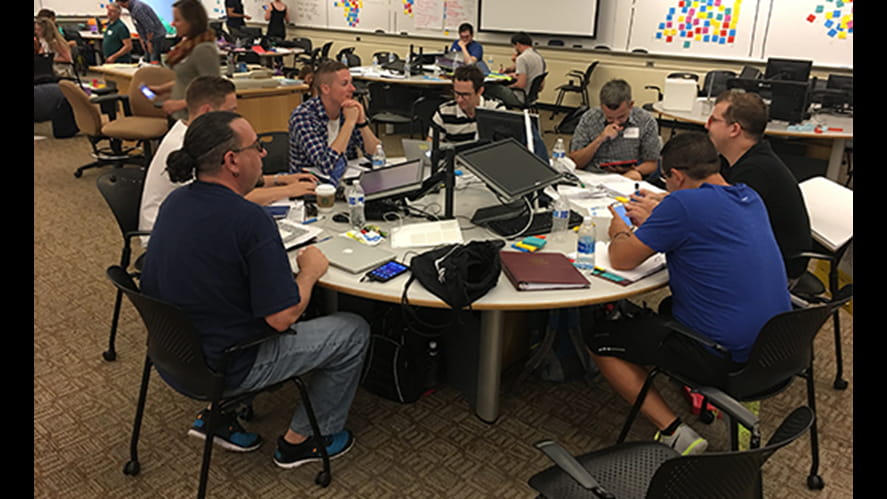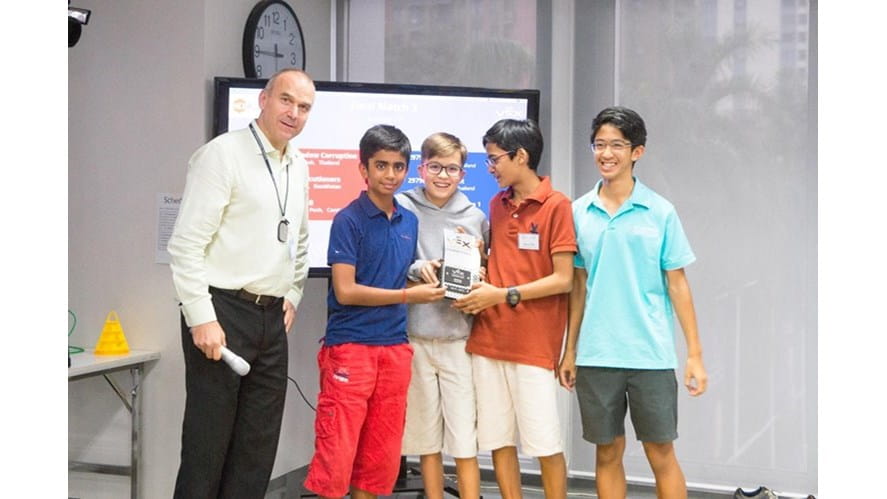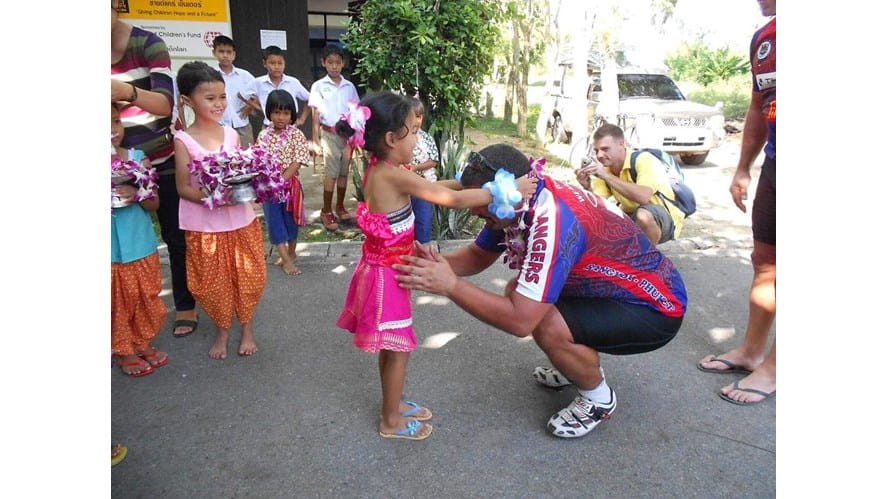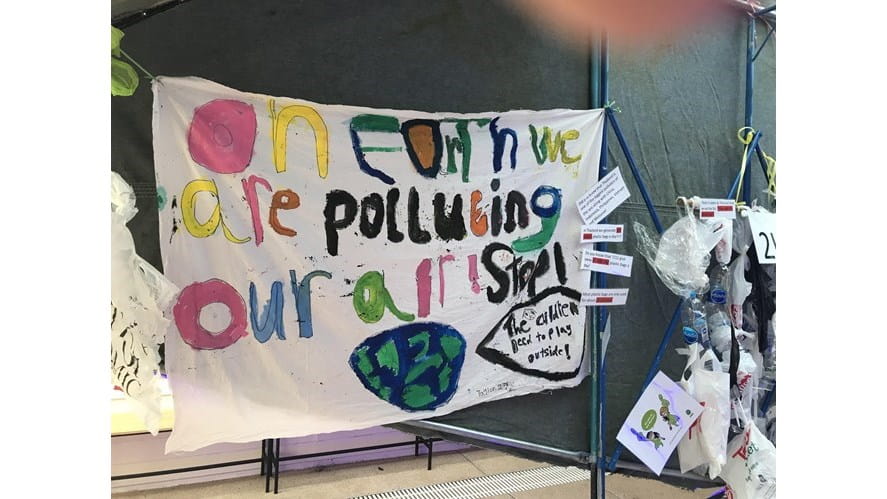Professional Development at MIT
The summer PD at MIT is an annual event bringing over 50 Nord Anglia educators to Boston to discuss the NAE-MIT collaboration and learn of exciting projects at MIT. Jack Cooper, MIT STEAM Lead for Southeast Asia tells us about the week of professional development at MIT last month.
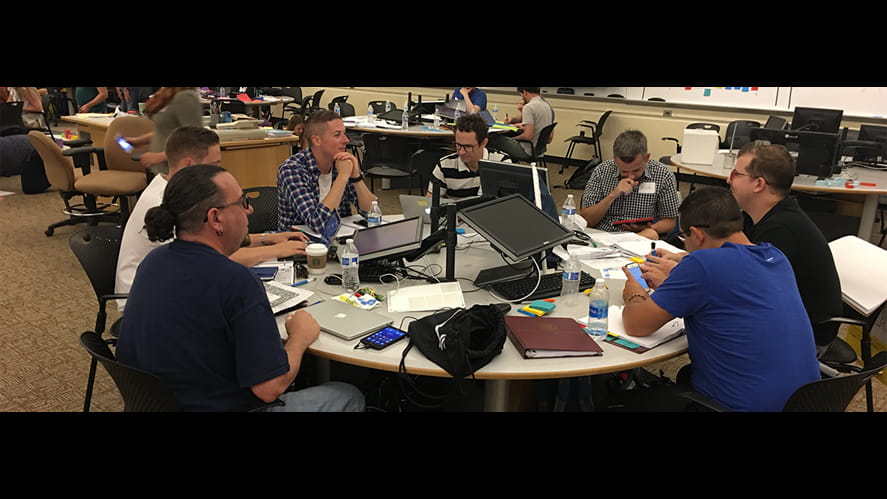
The summer PD at MIT is an annual event bringing over 50 Nord Anglia educators to Boston to discuss the NAE-MIT collaboration and learn of exciting projects at MIT. Jack Cooper, MIT STEAM Lead for Southeast Asia tells us about the week of professional development at MIT last month.
By Jack Cooper, MIT Regional Lead for Southeast Asia; Art and Design Teacher
As the MIT Regional Lead for Southeast Asia, I was lucky enough to attend an exciting new professional development initiative through NAE at the prestigious Massachusetts Institute of Technology (MIT) this summer.
Nord Anglia and MIT share a passion for challenging the existing pedagogy and striving to find new teaching practices that can better equip our students for a future world. Together we have identified several concepts that we believe are essential for teachers to consider as areas for innovation. These concepts were the basis for the sessions conducted during the MIT summer professional development (PD) week and will be a focus for all of the involved teachers as they return to school next academic year and put into practice some of these exciting ideas.
Project-Based
All attending teachers were given a taste of what it’s like to be a student in a project-based learning environment. Teachers formed groups and worked all week on open-ended projects based on some of the challenges that are scheduled to be undertaken by NAE schools in the upcoming academic year. Some of the outcomes included cyclist-detecting car doors, smart traffic cones that communicate directly with self-driving cars, a comparison of the emissions from conventional fuels and biofuels represented through a data sculpture and many other innovative ideas. The experience offered great insight into the student experience and helped identify some of the strengths and weaknesses of this type of learning.
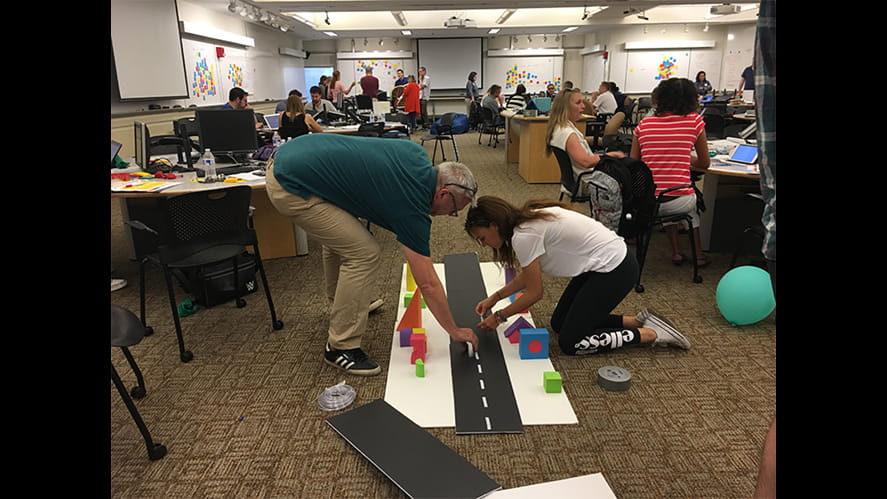
Student Led
John Vivilecchia, programme manager of MIT’s Beaver Works, shared his experience of involving high school students in hands-on projects through the Beaver Works Summer Institute.
Students take responsibility for forming their own project teams and are encouraged to model real-world organisational models by filling various roles in the team.
Hands-on
MIT’s Edgerton Center is a hub of hands-on learning, with a number of outreach programmes targeting K-12 students. Ed Moriarty shared the value of learning by doing and celebrating the importance of failure and the stories and lessons it gives students. One of the Edgerton Center initiatives includes the “Saturday Thing,” where students show up to an unstructured yet constructive environment and build all kinds of ingenious contraptions of their own initiative. I have been lucky enough to attend the "Saturday Thing" twice now and both times I have seen students utterly engaged in their work and making profound discoveries through trial and error.
Interdisciplinary
At the heart of STEAM education is the idea that the meld of different disciplines can build learning connections and inspire innovation. This concept was brilliantly demonstrated by several MIT personalities who have transformed their various fields by fusing two seemingly unrelated disciplines together.
● Natalie Kuldell has combined biology and engineering with her work in synthetic biology to create programmed organisms that can help us solve important current issues like hunger, climate change and cancer treatment.
● Angela Belcher, Professor of Materials Science and Engineering and Bioengineering, shared how nature can inform how we create materials in the future, including carbon tubes inspired by the formation of abalone shells and batteries grown by bacteria.
● Seth Riskin, manager of the MIT Museum Studio and Compton Gallery, shared his work using light as a medium for visual and performance art, and ways art has been used to express and explain scientific and technological discoveries through the exhibits his studio creates for the MIT Museum.
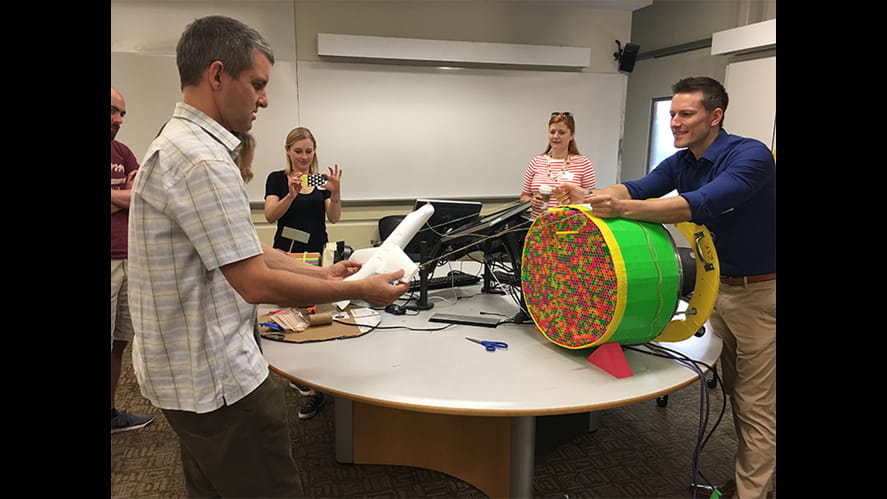
Cross Phase
Our regional leads for the NAE-MIT programme shared some of the ways the collaboration had manifested in their regions. A recurring theme was cross-phase projects and events, where students were taken out of their standard year level groupings and instead worked in groups with a range of ages. Not only do these experiences tend to bring the school community together as a whole, but it helps students and teachers alike build relationships and expand their networks to people in different areas of the school that they may never have collaborated with otherwise.
Skill Development
A criticism of project-based learning has been that it leaves no time for, or can forget completely, the importance of skills. Sanjoy Mahajan, author of Street-Fighting Mathematics, used the analogy of a network in the brain. He suggests that skills and pieces of knowledge are the nodes within the brain, while applications build the connections between. The more connections, the richer and more complex the network. But Sanjoy reminded us that equally important is the strong foundation of knowledge and skills that gives the brain something to connect in the first place.
[[\media\Video Jun 14 9 59 54 AM.mp4]]
Collaborative
Finally, we come to collaboration. It is all around MIT and NAE. It is universally agreed that humans can achieve more when we work together and harness the abilities of each individual to create a whole that is more than the sum of its parts. Collaboration is a deep part of MIT’s philosophy. We see it in the team project-based learning at Beaver Works, MIT’s famous 2009 product design course where students work in teams to design innovative products. Indeed, MIT’s Dean of Admissions, Stuart Schmill, explained the admission process at MIT and some of the selection criteria for undergraduates. One of the top priorities, Stuart explained, is selecting a cohort with a mixture of backgrounds and strengths, a diverse range of students that will challenge and complement each other.
And of course, collaboration is what the NAE-MIT programme is all about. Bringing together the world’s leading university with the world’s leading premium international schools organisation; combining our family of expert K-12 teachers with MIT’s leading academic researchers and professors to discuss and develop innovative pedagogy; building relationships and connections between educators from NAE schools across the globe to share best practice and improve the way we teach.



